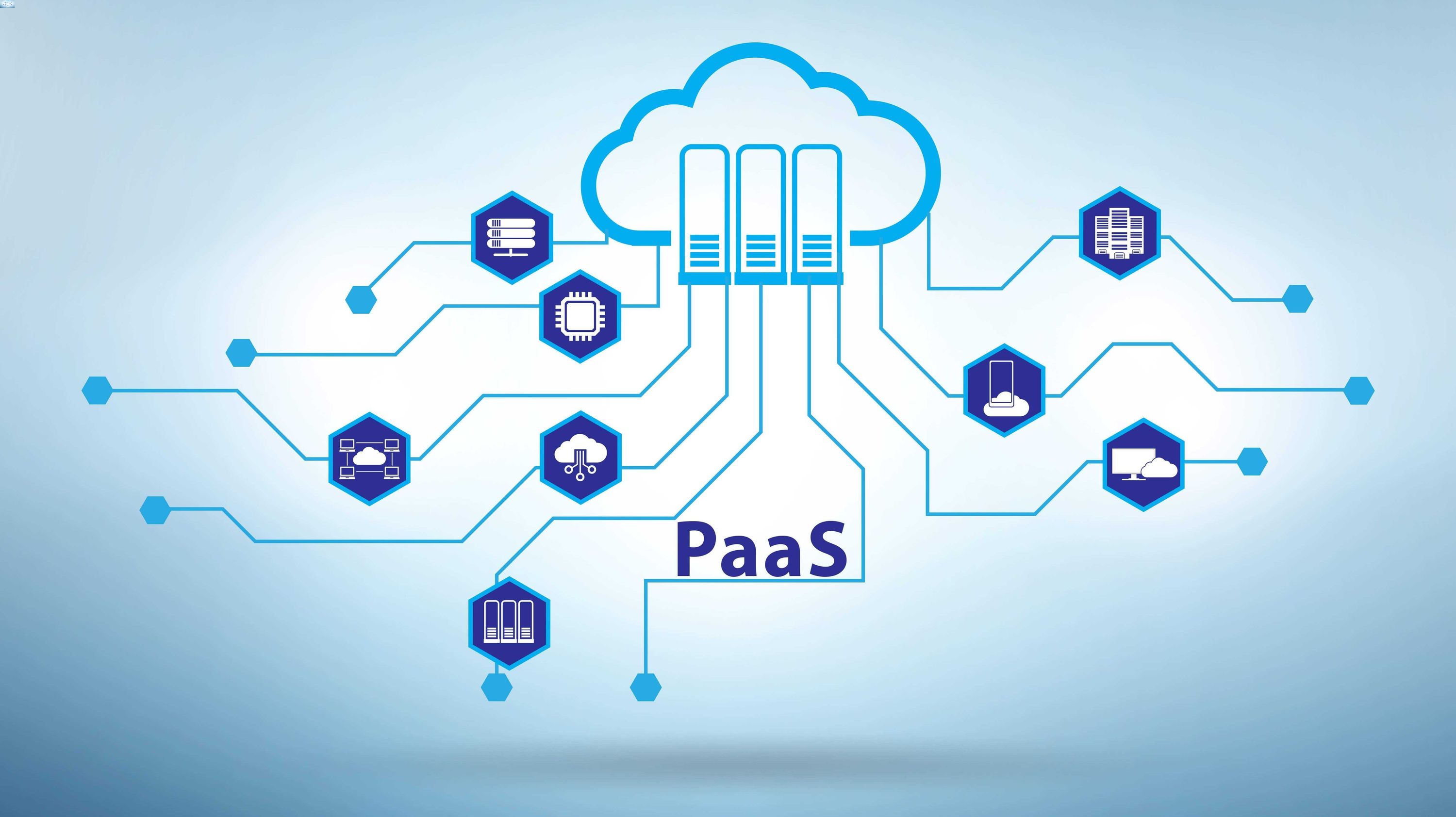
What is PaaS? Platform as a Service (PaaS) is a cloud computing model that provides developers with a framework to build, deploy, and manage applications. PaaS eliminates the complexity of managing hardware and software infrastructure, allowing developers to focus on writing code. Imagine having a virtual playground where you can create and test your software without worrying about the underlying setup. This model offers tools, libraries, and services that streamline the development process. Companies like Google, Microsoft, and Amazon offer PaaS solutions, making it easier for businesses to scale and innovate. Whether you're a startup or an established enterprise, PaaS can accelerate your development cycle and reduce costs.
What is PaaS?
Platform as a Service (PaaS) is a cloud computing model that provides developers with a platform to build, deploy, and manage applications. It eliminates the need to manage underlying infrastructure, allowing developers to focus on coding.
- PaaS offers a complete development environment in the cloud, including tools for coding, testing, and deploying applications.
- It supports multiple programming languages, frameworks, and libraries, making it versatile for various development needs.
- PaaS providers handle server management, storage, and networking, freeing developers from these tasks.
- Popular PaaS providers include Google App Engine, Microsoft Azure, and Heroku.
Benefits of Using PaaS
Using PaaS can significantly streamline the development process. Here are some key benefits that make it an attractive option for developers and businesses alike.
- PaaS reduces the time and cost of developing applications by providing pre-configured environments.
- It allows for easy scalability, enabling applications to handle increased loads without manual intervention.
- Developers can collaborate more effectively using shared development tools and environments.
- PaaS platforms often include built-in security features, reducing the risk of vulnerabilities.
PaaS vs. Other Cloud Models
Understanding how PaaS compares to other cloud models like IaaS (Infrastructure as a Service) and SaaS (Software as a Service) is crucial for making informed decisions.
- Unlike IaaS, which provides raw infrastructure, PaaS offers a complete development platform.
- PaaS is more flexible than SaaS, allowing developers to build custom applications rather than using pre-built software.
- PaaS abstracts much of the complexity involved in managing servers and networks, unlike IaaS.
- While SaaS is user-focused, PaaS is developer-focused, providing tools and environments for application development.
Common Use Cases for PaaS
PaaS is used in various scenarios, from simple web apps to complex enterprise solutions. Here are some common use cases.
- Web application development is one of the most popular uses for PaaS, offering tools for building, testing, and deploying web apps.
- PaaS is ideal for mobile app development, providing back-end services like databases and authentication.
- It supports microservices architecture, allowing developers to build and deploy individual components independently.
- PaaS is often used for API development and management, offering tools to create, test, and deploy APIs.
Challenges and Limitations of PaaS
While PaaS offers many benefits, it also comes with its own set of challenges and limitations.
- Vendor lock-in can be a significant issue, making it difficult to switch providers without substantial effort.
- Customization options may be limited compared to managing your own infrastructure.
- Performance can be affected by the underlying infrastructure managed by the PaaS provider.
- Security concerns may arise, especially if the provider does not meet specific compliance requirements.
Future of PaaS
The future of PaaS looks promising, with continuous advancements and growing adoption. Here are some trends to watch.
- Integration with AI and machine learning tools is becoming more common, enabling smarter applications.
- Serverless computing is gaining traction, allowing developers to focus solely on code without worrying about servers.
- PaaS platforms are increasingly supporting multi-cloud strategies, providing more flexibility and redundancy.
- Enhanced security features are being integrated, addressing growing concerns about data protection.
Real-World Examples of PaaS
Several companies have successfully leveraged PaaS to build and deploy their applications. Here are a few examples.
- Netflix uses PaaS to manage its streaming services, ensuring high availability and scalability.
- Spotify relies on PaaS for its music streaming platform, benefiting from the ability to quickly deploy updates and new features.
Final Thoughts on PaaS
PaaS, or Platform as a Service, offers a powerful way to streamline app development. By providing a ready-to-use environment, it saves developers time and resources. Businesses can focus on coding rather than managing infrastructure. This leads to quicker deployment and more innovation.
Scalability is another key benefit. PaaS platforms can easily adjust to handle more users or data. This flexibility is crucial for growing businesses. Plus, with built-in tools and services, developers can integrate new features effortlessly.
Security is also a major plus. PaaS providers often include robust security measures, protecting apps from threats. This peace of mind allows developers to concentrate on creating great software.
In short, PaaS simplifies development, boosts scalability, and enhances security. It's a smart choice for businesses looking to innovate quickly and efficiently.
Was this page helpful?
Our commitment to delivering trustworthy and engaging content is at the heart of what we do. Each fact on our site is contributed by real users like you, bringing a wealth of diverse insights and information. To ensure the highest standards of accuracy and reliability, our dedicated editors meticulously review each submission. This process guarantees that the facts we share are not only fascinating but also credible. Trust in our commitment to quality and authenticity as you explore and learn with us.


